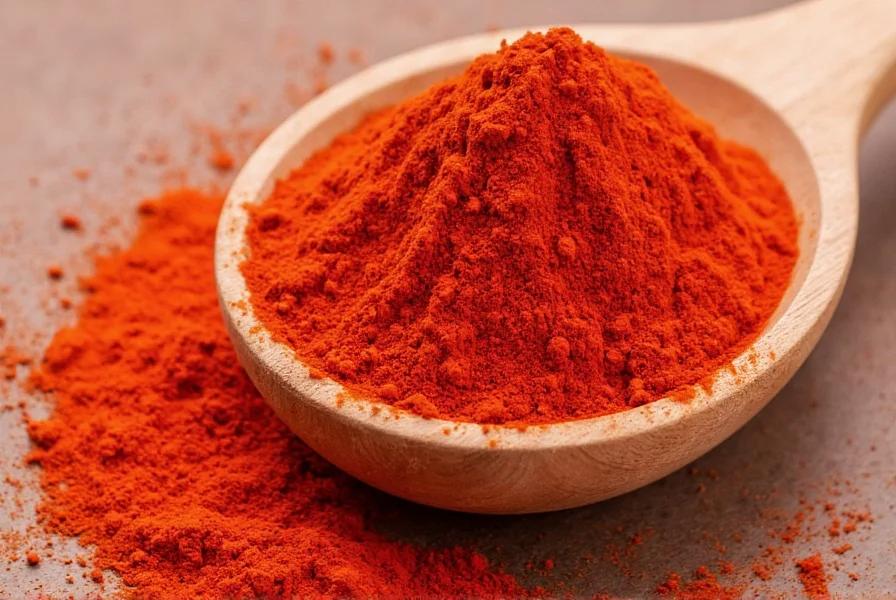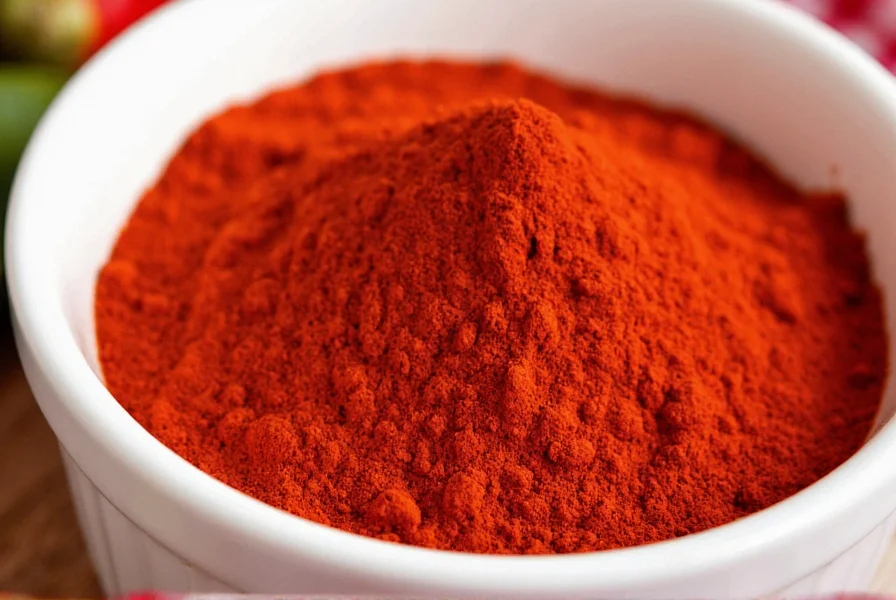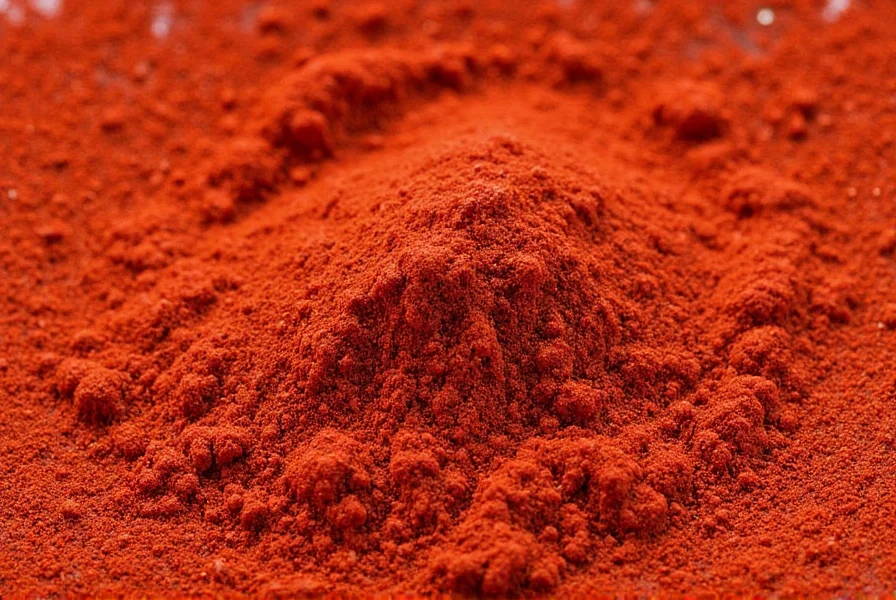Paprika has journeyed from its Mesoamerican origins to become a global kitchen staple. This finely ground pepper powder delivers both brilliant color and distinctive flavor to dishes worldwide. Understanding paprika's characteristics helps home cooks and professional chefs alike harness its full culinary potential.
Origin and Historical Background
Centuries before paprika became synonymous with Hungarian cuisine, indigenous peoples in Central Mexico were cultivating and using peppers. Spanish explorers brought these peppers to Europe in the 16th century, where they spread across the continent. Hungary embraced these peppers enthusiastically, developing distinctive cultivation methods that led to the creation of what we now recognize as authentic Hungarian paprika.
By the 19th century, Hungary had established itself as the premier producer of high-quality paprika, with the town of Szeged becoming particularly famous for its exceptional varieties. Today, while Hungary remains a major producer, paprika is cultivated in many regions including Spain, California, and parts of Africa, each developing their own distinctive styles.
| Type of Paprika | Flavor Profile | Heat Level (Scoville) | Common Culinary Uses |
|---|---|---|---|
| Hungarian Sweet | Fruity, sweet, earthy | 0-500 | Goulash, chicken paprikash, deviled eggs |
| Spanish Smoked (Pimentón) | Deeply smoky, complex | 500-2,000 | Paella, chorizo, roasted vegetables |
| Hungarian Hot | Peppery, spicy | 5,000-15,000 | Spicy stews, meat rubs, sauces |
| Sweet Hungarian Ground | Mild, sweet, vibrant | 0-500 | Coloring soups, potato salad, dips |
Understanding Paprika Varieties
Not all paprika is created equal. The spice comes in several distinct varieties, each with unique characteristics that affect both flavor and culinary applications. The primary differences stem from the pepper varieties used and processing methods.
Sweet paprika (often labeled as "Hungarian sweet") offers a mild, slightly sweet flavor with vibrant red color. This is the most common variety found in American supermarkets and serves as the base for many traditional Hungarian dishes.
Hot paprika contains more capsaicin, providing noticeable heat while maintaining the characteristic paprika flavor. Hungarian hot paprika typically ranges from moderately spicy to quite hot, depending on the specific blend.
Smoked paprika (Pimentón in Spanish) undergoes a smoking process that imparts a distinctive smoky flavor. Available in sweet, bittersweet, and hot varieties, this type works exceptionally well in dishes where you want to add both color and a campfire-like depth.
Sweet Hungarian ground paprika represents the classic variety most associated with traditional Hungarian cooking, prized for both its flavor and intense coloring properties.

Culinary Applications and Flavor Pairing
Paprika's versatility makes it valuable across numerous culinary traditions. In Hungarian cuisine, it's essential for dishes like goulash and chicken paprikash, where it provides both color and foundational flavor. Spanish cuisine utilizes smoked paprika in chorizo, paella, and patatas bravas.
When cooking with paprika, remember that heat affects its flavor profile. Adding paprika early in the cooking process develops deeper flavors, while adding it near the end preserves its brighter, fresher notes. For maximum flavor extraction, many chefs briefly toast paprika in oil before incorporating other ingredients—a technique called "blooming" that enhances both aroma and color release.
Understanding paprika vs chili powder differences prevents recipe mishaps. While both come from ground peppers, chili powder typically contains additional spices like cumin and garlic powder, creating a more complex blend. Pure paprika consists solely of ground peppers, making it ideal when you want the distinct pepper flavor without competing seasonings.
Nutritional Profile and Storage Tips
Beyond its culinary uses, paprika offers nutritional benefits. Rich in vitamin A (from beta-carotene), it supports eye health and immune function. It also contains vitamin E, capsaicin (in hot varieties), and various antioxidants.
Proper storage maintains paprika's quality. Keep it in an airtight container away from light and heat. Exposure to air, light, or moisture causes paprika to lose both color and flavor rapidly. For longest shelf life, store paprika in the refrigerator or freezer, where it can maintain quality for up to two years. Properly stored paprika should retain its vibrant red color—if it turns brownish, it's likely lost significant flavor.

Common Substitutes and Misconceptions
When paprika isn't available, suitable substitutes depend on which characteristic you need to replicate. For color, tomato paste or red bell pepper powder works well. For heat, cayenne pepper (use sparingly) can substitute hot paprika. For smokiness, a combination of sweet paprika with a drop of liquid smoke provides a reasonable alternative.
Many people confuse paprika with chili powder or red pepper flakes. While related, these are distinct products with different flavor profiles and culinary applications. Another common misconception is that all paprika is spicy—most varieties are actually quite mild, with heat levels varying significantly by type.
Global Culinary Significance
Paprika's journey from Mesoamerica to global prominence demonstrates how ingredients transcend cultural boundaries. In Hungary, it's considered a national treasure with specific regional varieties protected by geographical indication. Spanish pimentón de la Vera carries a Denominación de Origen certification, guaranteeing its authentic production methods.
Modern chefs worldwide continue to innovate with paprika, incorporating it into unexpected applications like chocolate desserts (where smoked paprika creates an intriguing contrast) or craft cocktails. Understanding what paprika is and how to use it properly opens up countless culinary possibilities across diverse cooking traditions.











 浙公网安备
33010002000092号
浙公网安备
33010002000092号 浙B2-20120091-4
浙B2-20120091-4